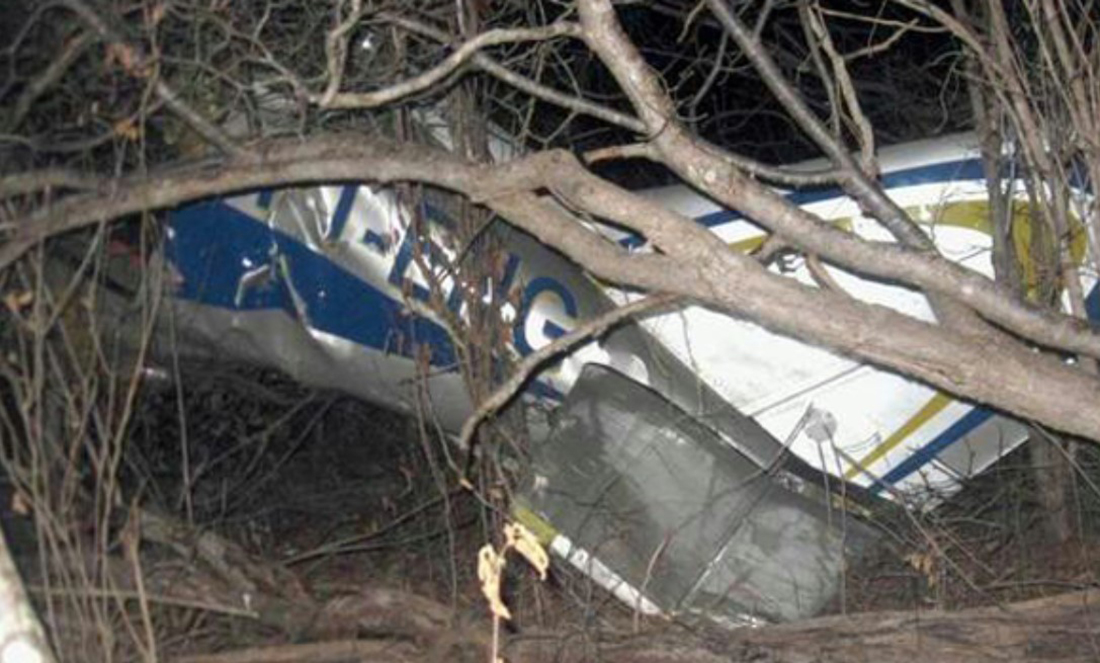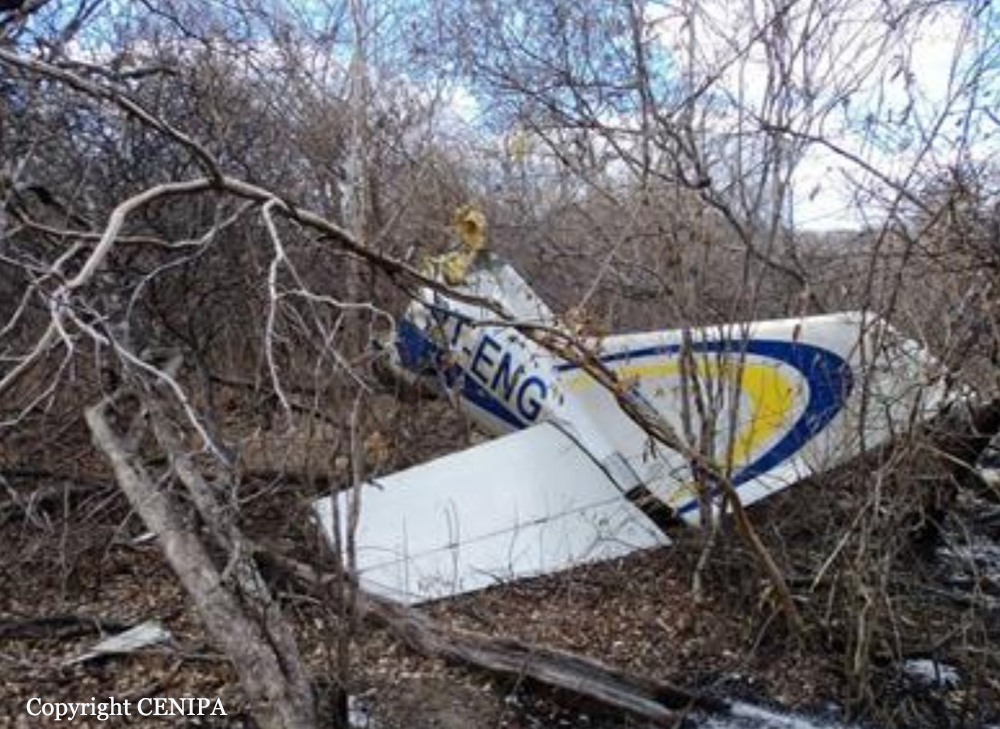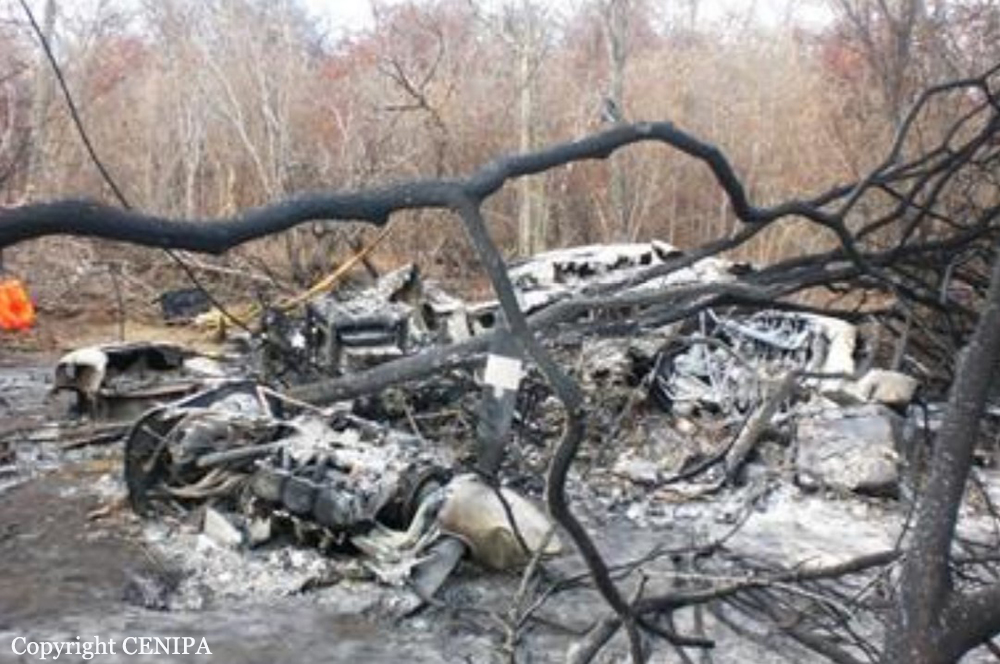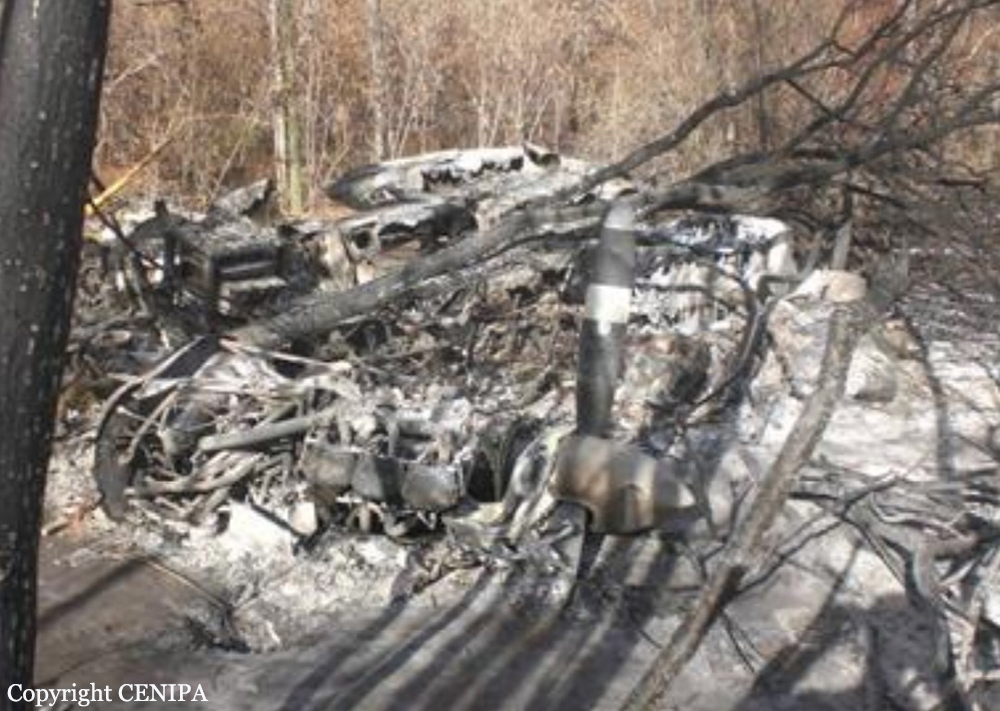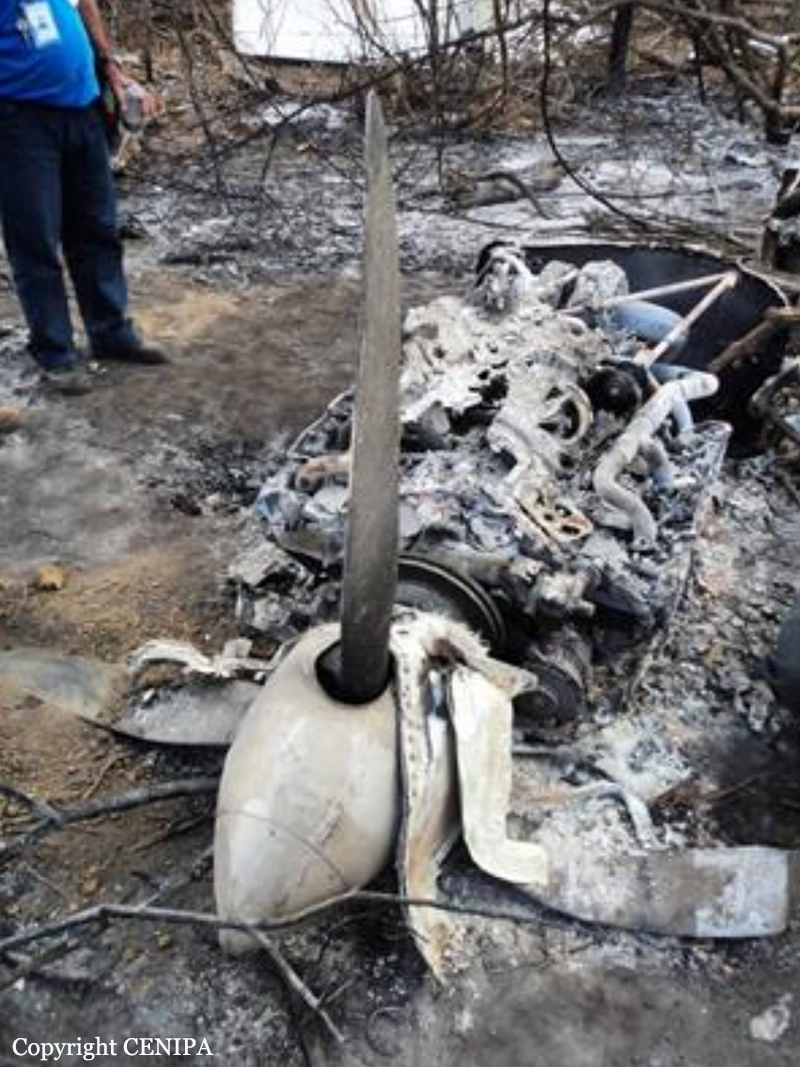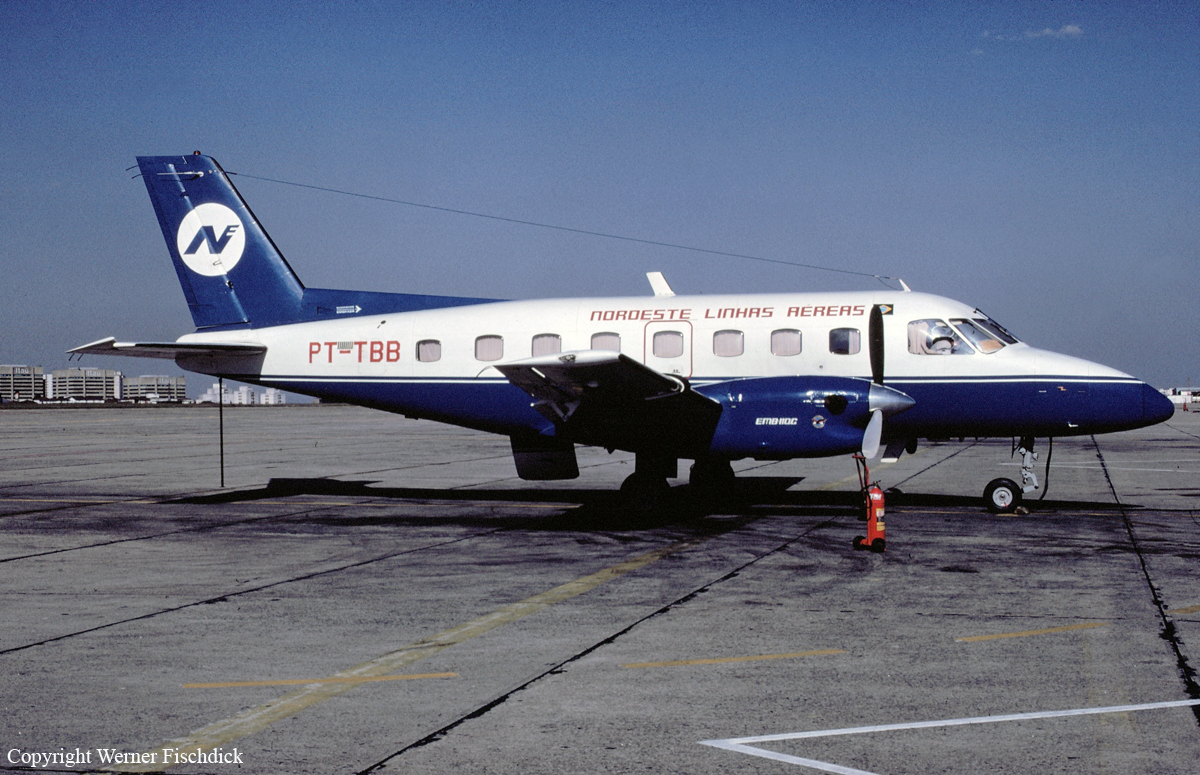Crash of an Embraer EMB-820C Navajo near Espinosa: 1 killed
Date & Time:
Jul 6, 2012 at 1050 LT
Registration:
PT-ENG
Survivors:
Yes
Schedule:
Gunanmbi - Guanambi
MSN:
820-066
YOM:
1982
Crew on board:
1
Crew fatalities:
Pax on board:
2
Pax fatalities:
Other fatalities:
Total fatalities:
1
Captain / Total hours on type:
238.00
Circumstances:
The twin aircraft departed Guanambi Airport to perform a low level survey flight in the region of Espinosa, carrying two observers and one pilot. About two hours into the flight, while cruising at an altitude of 330 feet, the right engine lost power then failed. While executing the emergency checklist, the left engine failed as well. The pilot attempted an emergency landing when the aircraft crashed in a wooded area, bursting into flames. Both passengers evacuated with minor injuries and the pilot was killed. The aircraft was totally destroyed by a post crash fire.
Probable cause:
There was sufficient fuel in the tanks at the time of the accident as the aircraft was refueled prior to departure for a 5-hour flight. The exact cause of the double engine failure remains unknown. When the right engine failed, the pilot was flying at an altitude of 330 feet which was below the minimum safe altitude fixed at 500 feet. Also, he was apparently using his cell phone.
Final Report:

